Who are the voyageurs? No, we are not getting ahead of ourselves and talking about the other national park. Yet. Voyageurs is French for “travelers”. Here, we refer to the hardy French Canadians who were more at home in birchbark canoes than on land. They played a vital role in the fur trade, bringing the fur from western Canada’s fur bearing animals through a water network linked all the way east to Montreal. The voyageurs were in the employ of fur-trading corporations that met the European demand for beaver skins. Where streams were unnavigable, canoemen carried boats and cargo over a “portage”, i.e. a footpath or trail. This slowed their progress but was an unavoidable element in their difficult journey.
The Grand Portage is an 8.5-mile (13.7 km) footpath which bypasses a set of waterfalls and rapids on the last 20 miles (32 km) of the Pigeon River before it flows into Lake Superior. Between Montreal and Lake Athabasca there were over 100 portages, none longer than 13 miles. On foot, voyageurs might have trudged 15-20 miles a day. By canoe, they covered 60-80 miles. Were it not for the lightweight, speedy birchbark canoe (an invention of the region’s “Indians”), North America’s fur-trading empire would not have existed on such a vast scale. The canoes were 25 ft long and carried 4-6 voyageurs. As practical as these canes were, they were not indestructible. Easily punctured bark skin required constant care and frequent repairs. Many a voyageur spent his evenings patching a canoe before crawling underneath to sleep.
The arrival of French explorers in the mid-1600s began a new era for the few hundred Cree and Ojibwe who lived at Grand Portage, as well as the Sioux, Blackfoot, Beaver, Chipewyan and Slave Native Americans of the Canadian Northwest. They furnished sought-after pelts and equipment and knowledge essential to the voyageurs. Tribesmen taught the newcomers to build canoes from birch bark and guided them along the water routes into the wilderness. Sometimes their relationship went beyond business with many voyageurs marrying native women. The rodent that changed the world. The beaver (castor canadensis) is the largest rodent in the North American continent. Known to the Ojibwe as amiik, beaver numbered in the tens of millions before the fur trade invasion. “Indians” hunted beaver for their fur, hides and meat. But Europeans were after something else. Since beavers do not hibernate and spend a great deal of time submerged in chilly winter waters, they develop a waterproof and winter-proof underlayer of soft fur. It was this hidden treasure, not the outer coat or its hide - that became one of America’s coveted natural resources. Shorn of its outer layer, beaver fur could be made into felt, which could then be shaped into a wide variety of fashionable hats and clothing.
Voyageurs offered the natives exotic new items, curiosities at first that eventually became necessities. Glass beads from Venice decorated ceremonial clothing. Wool blankets and woven cloth replaced animal skins. Iron implements - kettles, axes, firearms and traps - became indispensable, as did distilled spirits. By the 1800s, European culture had left its indelible mark on the lives of even the most remote people.
In 1763, after the French and Indian War, France ceded Canada to Great Britain. Under British rule, just about anyone was allowed to extract the natural wealth of the Canadian Northwest. The North West Company was formed in 1784. The enterprise succeeded mainly because of the expedient waterway via the Grand Portage. The company’s inland headquarters was at the Grand Portage, the largest fur depot in the heart of the continent. Sixteen wooden buildings stood inside the palisade - business office, warehouse, food storage and living quarters for the partners and clerks. This was also the site of Rendezvous, an annual gathering awaited through the long winter season by everyone connected with the company. Hundreds of voyageurs spent the better part of July camped outside the palisade. Food was plentiful and liquor flowed freely. Merriment and brawls. The Great Hall was for feasting and dancing for the partners, while voyageurs and “Indians” celebrated outside. Grand Portage Ojibwe donned ceremonial garb and canoemen sported their trademark apparel: plumed caps, bright jackets and fringed sashes.
The post was abandoned in 1803 after the company, owned by Scots, but operating on American soil, relocated northward to avoid the complications of citizenship, licensing and import duties. The site became obscured by vegetation until 1958, when the Minnesota Chippewa donated the lands that became the National Monument.
The Grand Portage National Monument contains the recreated structures of the Warehouse, Kitchen, Palisade, Great Hall and Lookout Tower as well as a Ojibwe village and a birchbark canoe. We had an hour’s time after returning from Isle Royale to explore the site and made good use of it in the informative Visitor Center and the recreated site. We were careful to avoid touching the pelts where it said “Please do not touch!” and made sure we got a good feel of the furs where it said “Please touch!”. The traditionally dressed staff member told us of a scofflaw who would brazenly try the felt hats despite the signs clearly prohibiting such behavior. And how he was hoping that his boss would not come and see how powerless he was to stop the rude behavior. And how the scofflaw simply took off the hat and threw it on the floor before walking out leaving just a few seconds for a quick cleanup before the boss arrived.
Photo Album

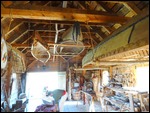

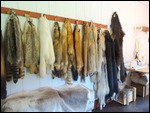



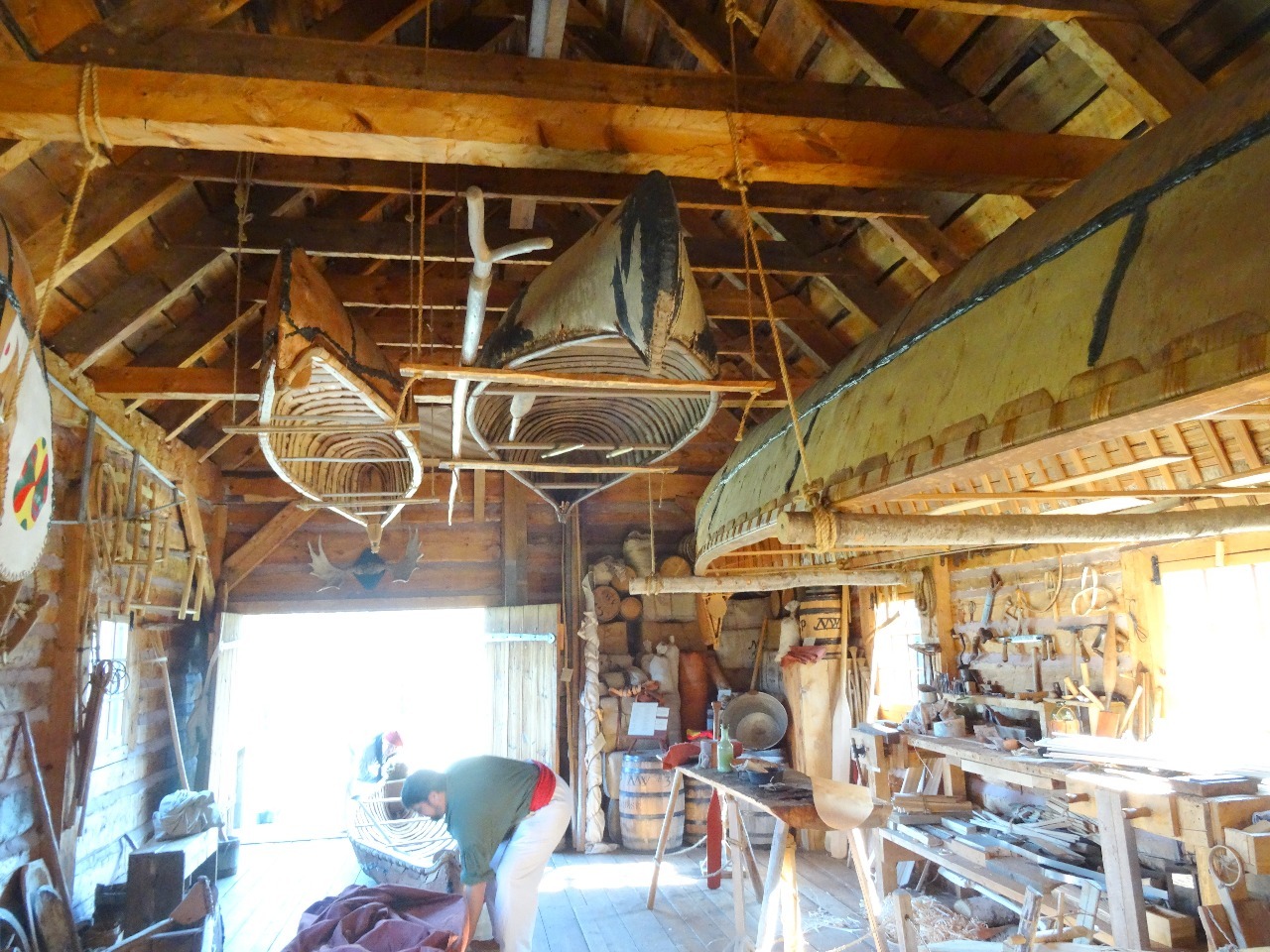

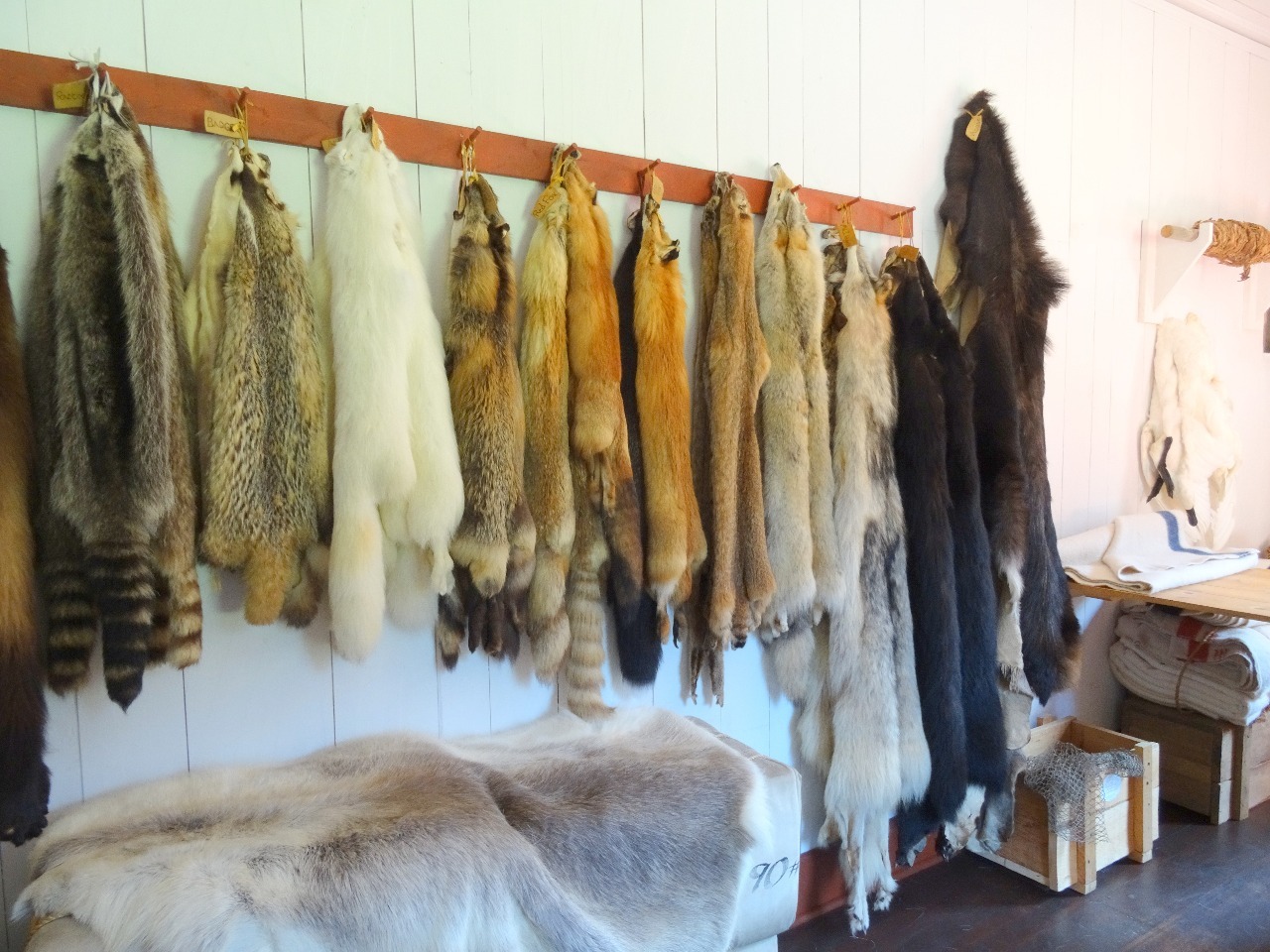
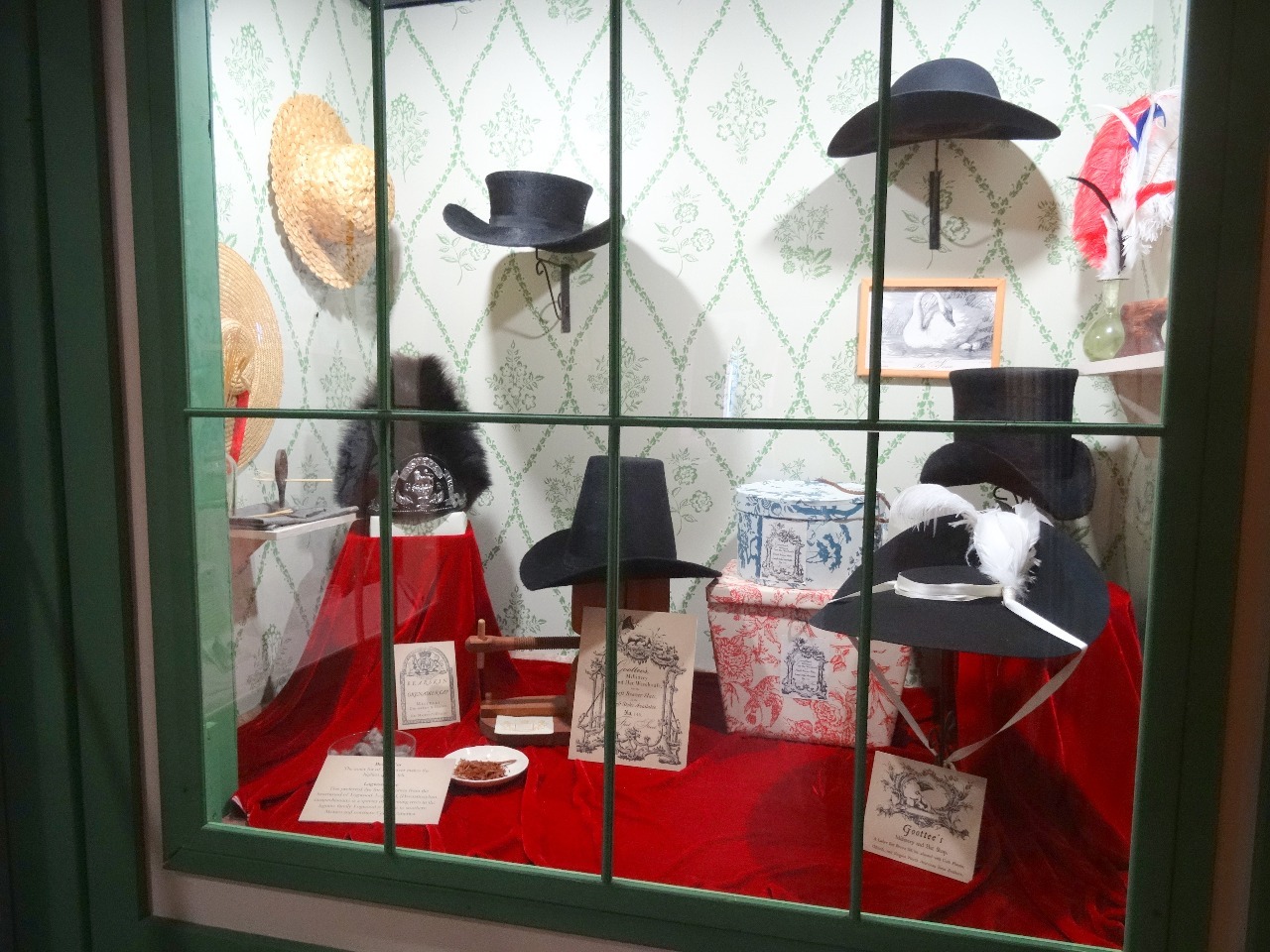

Comments